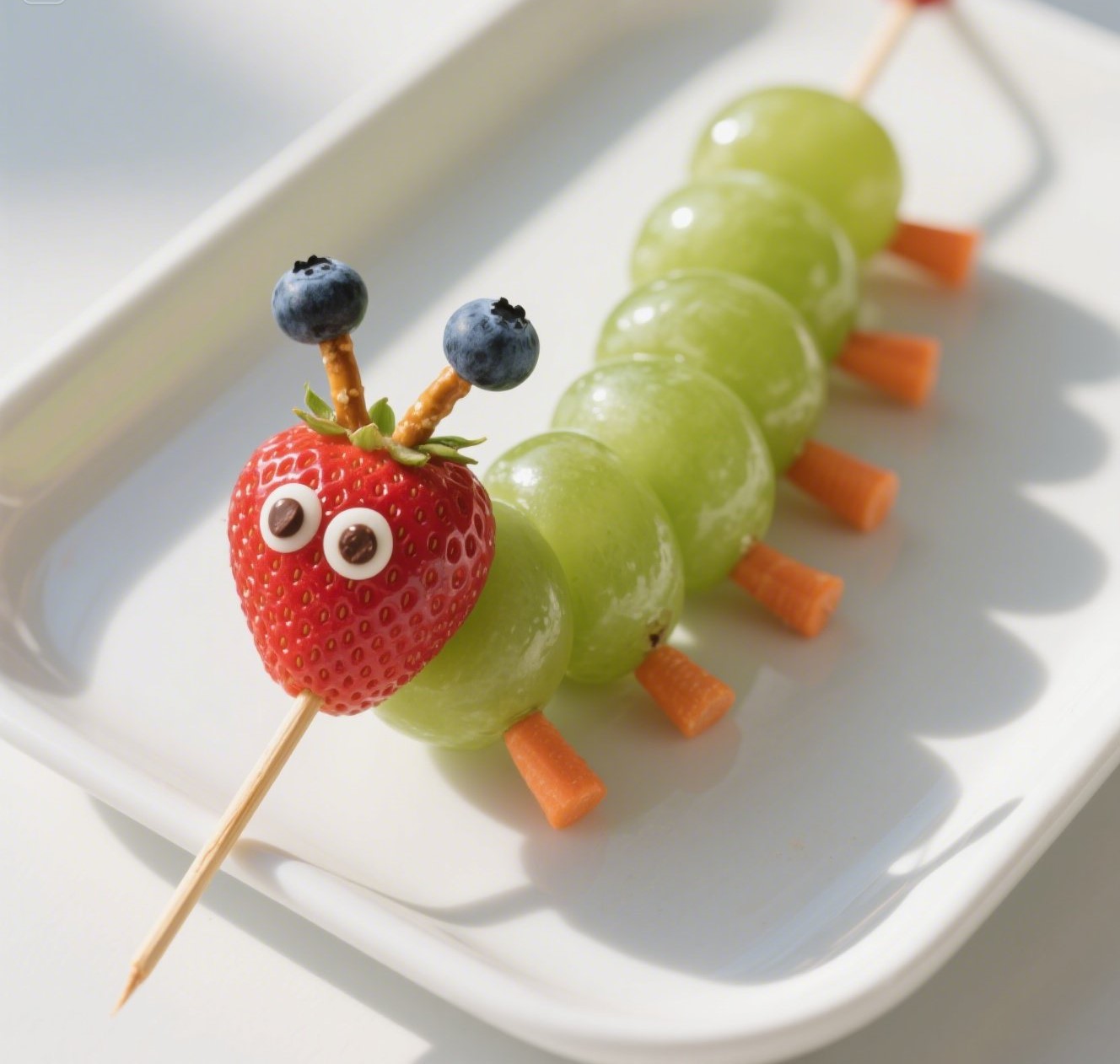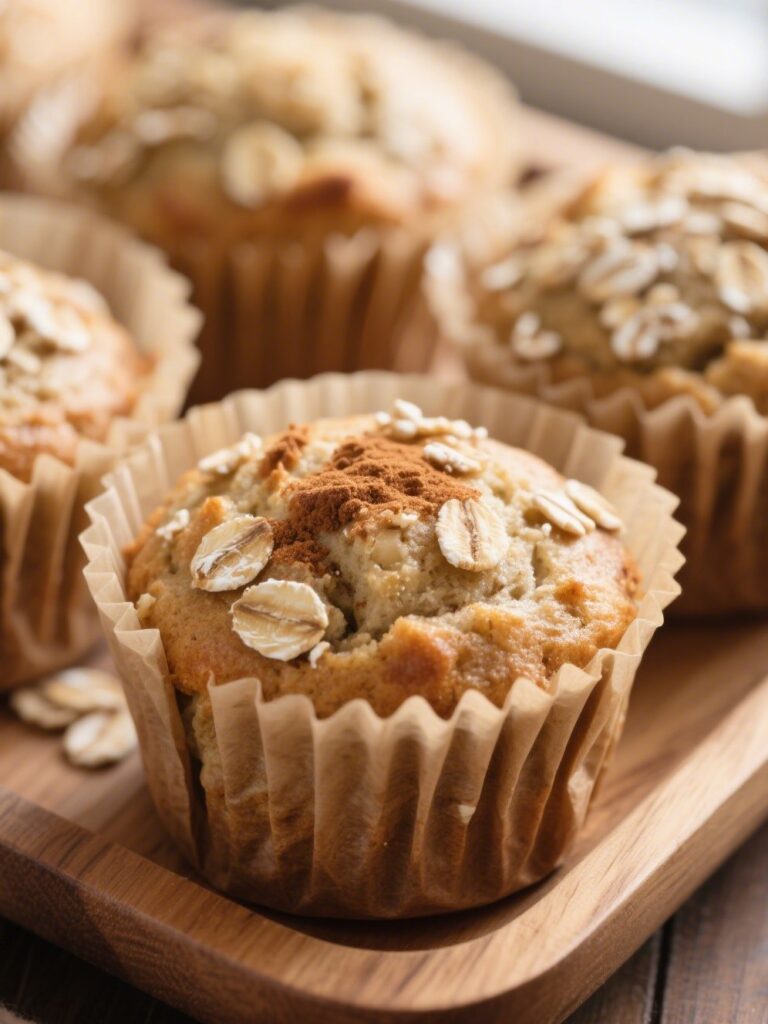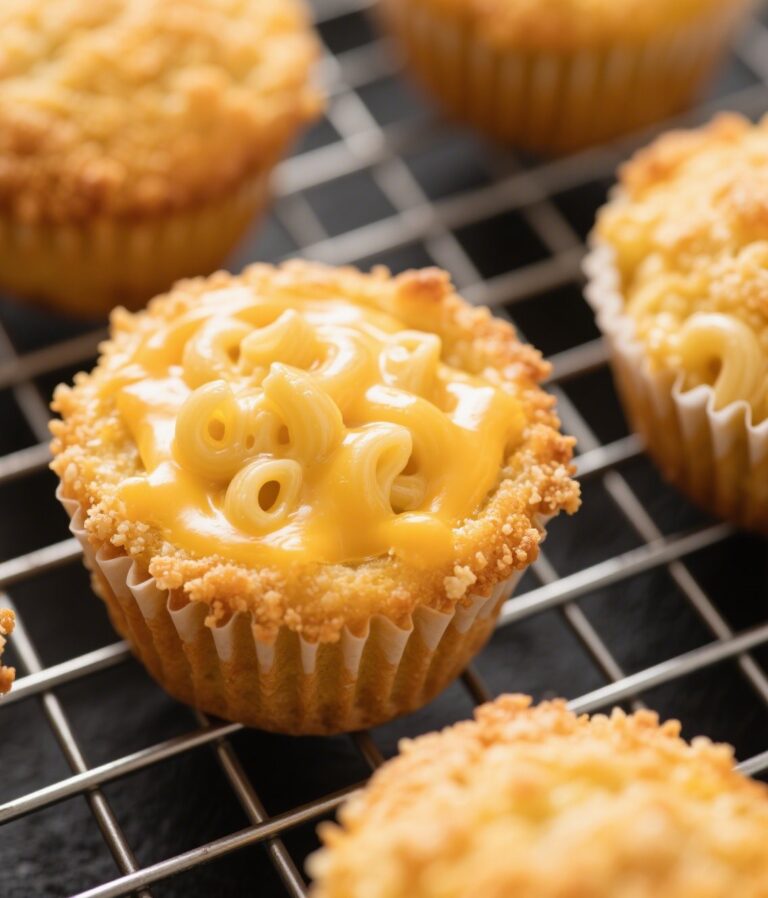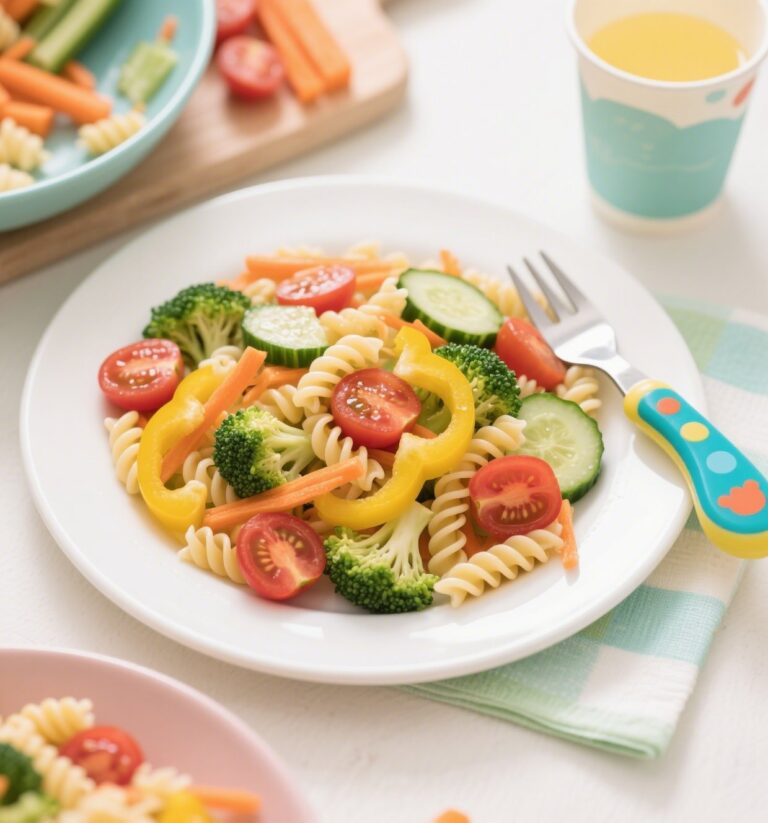The best And Healthy Snack For Kids Caterpillar Fruit Kabobs
Looking for a creative, colorful, and kid-approved snack idea? Caterpillar Fruit Kabobs might be the perfect solution. Not only are they eye-catching and fun to make, but they’re also a fantastic way to sneak in fresh fruits and vegetables into your child’s diet. Whether you’re prepping for a school lunchbox, a themed birthday party, or just a fun afternoon snack, this guide will walk you through everything you need to create both fruity and savory caterpillar kabobs that your kids will love.
What Are Caterpillar Fruit Kabobs?
What Makes Caterpillar Fruit Kabobs Kid-Friendly?
Kids are naturally drawn to colorful and playful food, and fruit kabobs are the ultimate combo of fun and health. By threading bite-sized fruits onto skewers and arranging them in the shape of a caterpillar, you create a snack that’s as fun to eat as it is to make.
The Caterpillar Fruit Kabobs taps into a child’s imagination. These kabobs are more than just food—they’re an edible craft project! This interactive snack can even encourage picky eaters to explore fruits and veggies they might otherwise avoid.
Exploring the Origins of Caterpillar-Themed Snacks
The concept of Fruit Kabobs likely drew inspiration from the beloved children’s book The Very Hungry Caterpillar. It’s a playful nod to a story many kids know and love, turning snack time into story time.
Creative parents and food bloggers brought the idea to life using familiar ingredients like green grapes, strawberries, blueberries, and pretzels. With a few thoughtful touches, you can bring a caterpillar to life on a skewer—no stove required!
Benefits of Making Caterpillar Fruit Kabobs
Healthy Nutrients Packed in a Fun Shape
When you combine vibrant fruits like grapes, strawberries, and blueberries, you’re not just creating a cute creature—you’re also crafting a snack rich in vitamins, fiber, and antioxidants. For instance:
| Fruit | Key Nutrient | Health Benefit |
|---|---|---|
| Green Grapes | Vitamin K, Antioxidants | Supports bone health, fights free radicals |
| Strawberries | Vitamin C, Folate | Boosts immunity and cell growth |
| Blueberries | Fiber, Vitamin C | Supports digestion and brain function |
| Carrots | Beta-Carotene | Improves eye health |
Fruit Kabobs can be a great alternative to candy and processed snacks. They’re naturally sweet, hydrating, and low in calories—making them a perfect fit for balanced eating.
Encouraging Kids to Eat More Fruits and Veggies
Let’s face it—getting children to enjoy fruits and vegetables can be a daily challenge. But when those same healthy ingredients become part of a silly caterpillar? Kids are more than willing to give them a try.
By making snack time interactive, you’re giving children a sense of ownership and fun. Letting them help with assembly boosts their interest in what they’re eating—and gives them a healthy habit that lasts.
Looking for inspiration? Try Dino Mac and Cheese with Broccoli Trees for another creative way to serve nutritious meals to kids.
Ingredients You’ll Need for a Caterpillar Fruit Kabobs
Essential Fruits and Materials (grapes, strawberry, pretzels, etc.)
Here’s what you’ll need to build you Fruit Kabobs:
- 6 green grapes – These form the caterpillar’s segmented body.
- 1 strawberry (leaves hulled) – This becomes the head.
- 2 chocolate chips – For the eyes.
- 2 pretzel sticks – Used for the antennae.
- 2 blueberries – Placed on top of the pretzels.
- 6 matchstick carrots – Represent the caterpillar’s little legs.
These ingredients for Fruit Kabobs are simple, easy to find, and packed with flavor. Plus, they don’t require any cooking!
If you’re creating this Fruit Kabobs with a group of kids, pre-wash and prep all produce to make the assembly process smooth and safe.
Tools: Skewers, Toothpicks, and Safe Assembly
To assemble your caterpillar:
- Use short wooden skewers for easier handling by children.
- Toothpicks can help hold accessories like chocolate chips and blueberries in place.
- Always supervise small children during assembly and eating, as some pieces (like toothpicks or small fruit) may be choking hazards.
Don’t miss our Fluffy Pancakes with Blueberries for another fruit-packed kid favorite.
Step-by-Step Guide to Making Fruit Caterpillar Kabobs
Assembling the Fruit Kabobs
Building your caterpillar fruit kabob is simple, fun, and takes just minutes. Here’s how to bring it to life:
Step-by-step instructions:
- Start with the grapes.
Slide 6 green grapes onto a wooden skewer. These will form the caterpillar’s body. - Add the strawberry as the head.
Choose a medium-sized strawberry, hull the leaves, and gently slide it onto the skewer point-down. - Attach the chocolate chip eyes.
Press 2 chocolate chips onto the strawberry (the pointy side acts as a self-stick). These are your caterpillar’s adorable eyes. - Make the antennae.
Place 2 pretzel sticks into the top of the strawberry and press a blueberry onto the end of each for the perfect bug-like touch. - Add carrot legs.
Use matchstick carrots to represent legs by arranging them around each grape. You can simply lay them under the kabob or secure them with toothpicks.
And that’s it! You’ve got a Fruit Kabobs that looks just as good as it tastes.
Check out our Avocado Egg Breakfast Toast if you’re craving another hands-on, healthy snack idea.
Creative Tips for Making Eyes, Legs, and Antennae
Here are a few fun ways to switch it up:
- Eyes: Try mini marshmallows with chocolate dots for bigger, cartoon-like eyes.
- Legs: Use thin apple slivers, celery sticks, or even fruit leather cut into strips.
- Antennae Alternatives: Use curved apple peels or sour apple candy belts for a whimsical effect.
This is a great opportunity to let kids personalize their own Fruit Kabobs creations. The more invested they feel, the more they’ll enjoy the healthy ingredients.
Veggie Caterpillar: A Savory Twist
Want to mix it up with a protein-packed option? Try the Veggie Caterpillar—it’s equally adorable and adds a savory balance to fruit kabobs.
How to Assemble the Veggie Caterpillar Roll
For the veggie version, you’ll need:
- 1 tablespoon low-fat mayonnaise
- 1 10-inch spinach wrap
- 2 slices salami
- 1 slice reduced-fat Swiss cheese
- 1/3 cup fresh spinach
- 1 mini seedless cucumber, thinly sliced
- 1 cherry tomato
- 2 olive slices
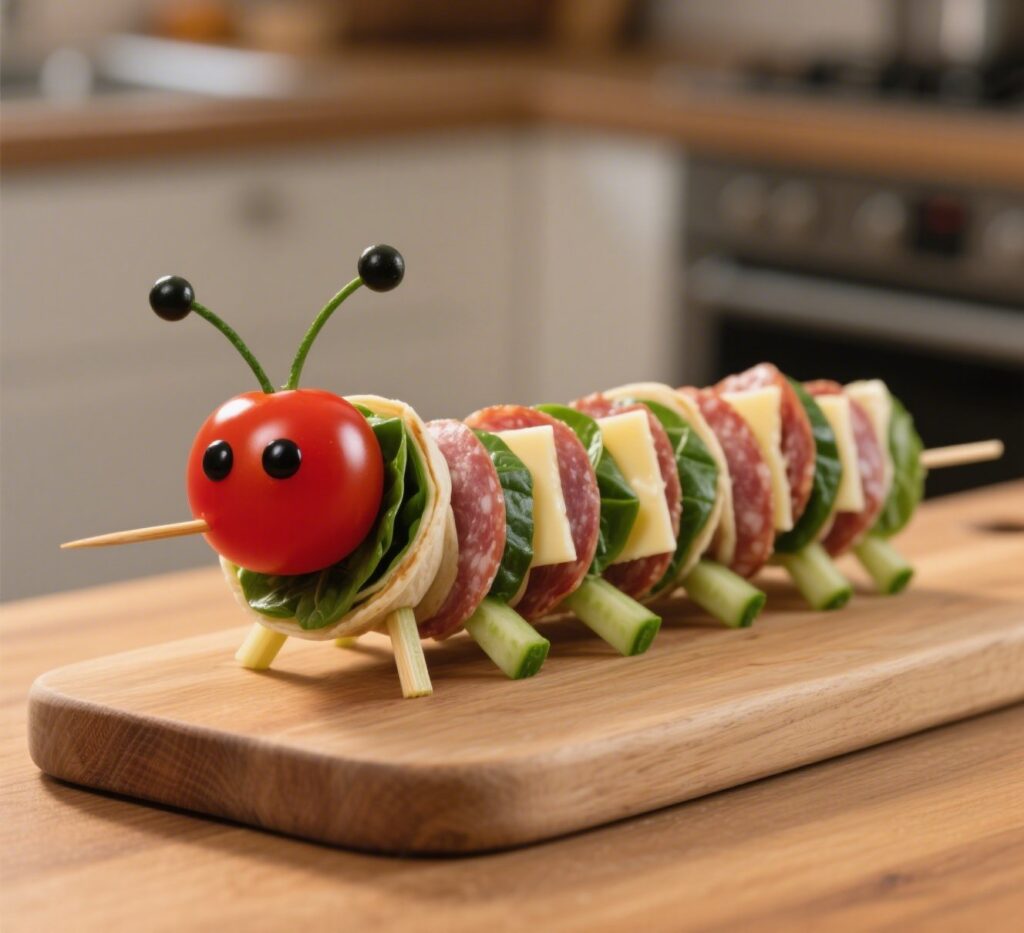
Steps:
- Lay out the spinach wrap and spread a thin layer of mayonnaise over it.
- Add spinach, salami, and cheese.
- Roll the wrap tightly, then slice it into 1-inch sections.
- Slide each section onto a skewer to form the caterpillar’s body.
- Use a cherry tomato for the head.
- Cut two small slits in the tomato, and insert olive slices for eyes.
- Use thin cucumber strips for the antennae.
This savory Fruit Kabobs is a hit at parties, lunchboxes, or even as a meal-prep snack.
Discover great ideas like Mediterranean Chickpea Salad Bowl for more protein-packed, kid-friendly meals.
Best Fruits and Veggies for Kabobs
Top Fruit Choices That Stay Fresh and Firm
When building your Fruit Kabobs, not all fruits hold up the same on skewers. The best options are firm, juicy, and don’t brown quickly.
Here’s a quick guide to the top picks:
| Fruit | Why It Works |
|---|---|
| Green Grapes | Smooth skin, perfect shape for caterpillars |
| Strawberries | Great for the head; adds bright red color |
| Blueberries | Sturdy and round; ideal for eyes or decoration |
| Pineapple chunks | Tangy-sweet and firm, holds shape well |
| Apple slices | Crisp texture, though best with lemon to prevent browning |
| Melon balls | Use a melon baller for uniform shapes |
Pro Tip: Avoid bananas and peaches unless eaten right away. They brown and soften quickly.
These fruits not only look great but help keep your kabobs fresh longer—especially if you’re prepping ahead for a party or school snack.
Don’t miss our Tropical Mango Pineapple Juice for more tropical fruit inspiration.
Ideal Vegetables That Kids Will Love
Veggies are often overlooked when making kabobs, but the right choices can surprise you—especially when turned into a veggie caterpillar.
Try these crunchy and kid-approved vegetables:
| Vegetable | Best For |
|---|---|
| Cucumber strips | Legs or antennae; mild flavor |
| Cherry tomatoes | Heads of veggie kabobs |
| Baby carrots | Legs or accents; perfect shape and crunch |
| Sweet bell pepper | Add color and mild sweetness |
| Zucchini rounds | Firm and fun for layering |
Cut vegetables into small, uniform pieces. You can even use cookie cutters to create heart or star shapes for extra fun.
To encourage picky eaters, let kids dip veggie kabobs in hummus, ranch, or yogurt-based sauces.
Skewering Tips & Safety for Kids
Do You Need to Soak Skewers?
When it comes to fruit and veggie kabobs, most people associate soaking skewers with grilling. But for fresh kabobs like these, you don’t need to soak wooden skewers unless you’re planning to cook them.
That said, if you’re using thin skewers with children, soaking them briefly in water can soften sharp tips and help avoid accidental pokes or splinters. Another option is to trim the pointed ends using scissors for extra safety.
Here’s what to consider:
- Use blunt-tipped bamboo skewers for toddlers and younger children.
- Cut longer skewers in half for better grip and control.
- For preschoolers, swap skewers entirely and use reusable plastic picks or lollipop sticks.
These small changes make a big difference in preventing injuries and keeping snack time stress-free.
Safety Tips When Assembling Kabobs with Kids
Getting your kids involved in making caterpillar kabobs is a fantastic learning activity. Just be sure to follow these safety tips:
- Supervise closely: Especially when sharp items like toothpicks or skewers are involved.
- Pre-cut ingredients: Offer soft, bite-sized pieces that don’t need cutting during the process.
- Separate by age: Younger kids can decorate (eyes, legs, toppings), while older ones can assemble with help.
- Use gloves or clean hands: Good hygiene is a must when working with food.
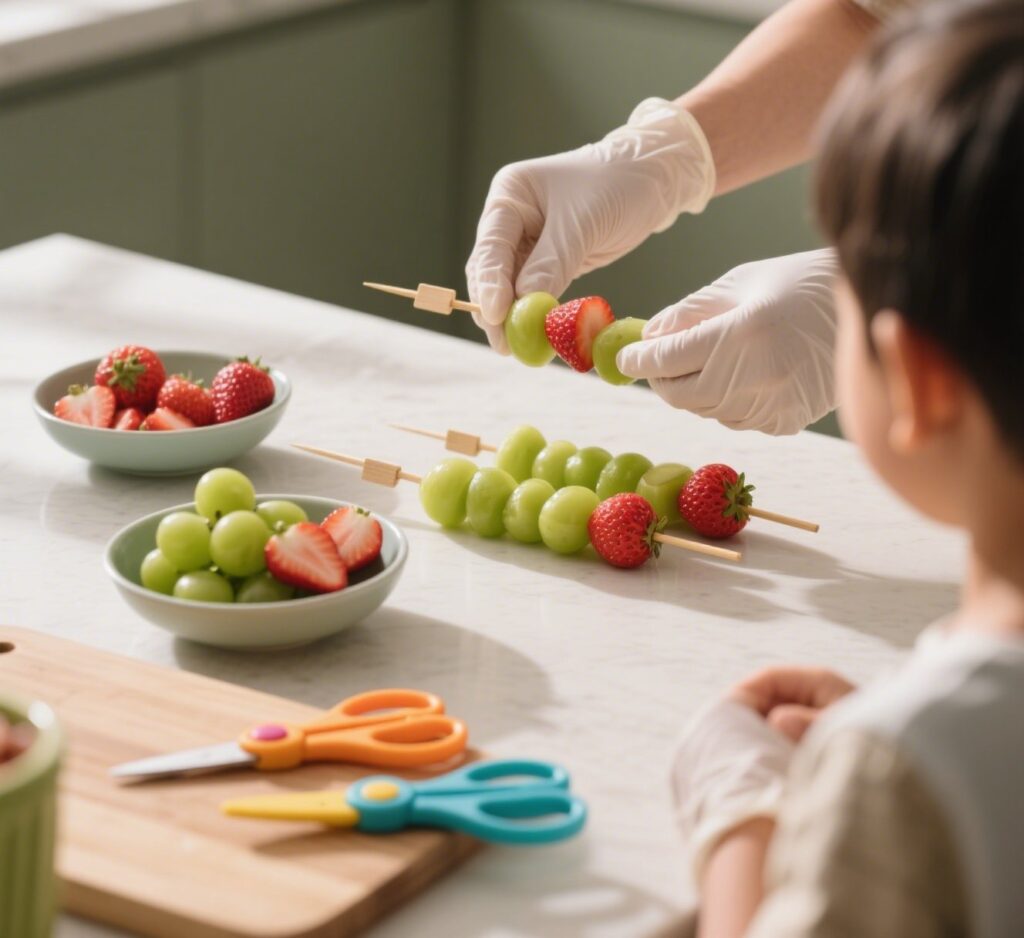
Turning this into a hands-on kitchen project also teaches kids about healthy choices, food textures, and following directions—all while having fun!
How to Keep Your Kabobs Juicy and Fresh
Storing Tips to Prevent Drying or Browning
Once your Fruit Kabobs are assembled, the last thing you want is wilted veggies or browned fruit. Here’s how to keep them looking and tasting fresh:
- Wrap tightly in plastic wrap or use food storage containers to reduce air exposure.
- Store in the fridge immediately, ideally inside a produce drawer to maintain crispness.
- Use lemon juice or pineapple juice to brush on apples, pears, or bananas to slow browning.
Make-ahead tip: Assembled fruit caterpillars last up to 24 hours when refrigerated properly, though they’re best consumed the same day for appearance and taste.
Using Citrus and Other Methods for Preservation
Citrus juice does more than add flavor—it acts as a natural antioxidant. Here’s how you can use it effectively:
- Brush sliced fruits with lemon, lime, or orange juice.
- Combine juice with a bit of honey or water for a light glaze that enhances visual appeal and flavor.
- For veggies, mist with cold water before serving to bring back that freshly-cut snap.
These methods ensure your caterpillars stay juicy and appetizing until mealtime.
Discover great ideas like our Sunrise Citrus Detox Juice to explore more citrus-based snacks.
Fun Ways to Serve and Customize Your Fruit Kabobs
Adding Themes: Bugs, Rainbows, and Parties
Why stop at caterpillars? Once you’ve mastered the basics, the possibilities for themed kabobs are endless.
Here are some creative concepts:
| Theme | Ideas |
|---|---|
| Bug Party | Make ladybugs using grapes + chocolate dots; bumblebees with banana + chocolate stripes |
| Rainbow Kabobs | Layer fruits by color: strawberries, oranges, pineapple, kiwi, blueberries, grapes |
| Storybook Snacks | Create kabobs inspired by The Very Hungry Caterpillar or Cloudy with a Chance of Meatballs |
| Holiday Themes | Red & green kabobs for Christmas, pastel fruit for Easter, or heart-shaped fruit for Valentine’s |
These themed ideas add excitement and work well for birthday parties, lunchbox surprises, or classroom snacks.
Plating Ideas to Impress Kids and Guests
Presentation is key—especially for young eaters. Here are smart ways to serve your Fruit Kabobs:
- Lay the kabobs in a wavy line on a rectangular tray to mimic crawling.
- Add lettuce or spinach underneath for a “garden bed.”
- Use edible flowers or carrot curls to decorate the platter.
- Create a caterpillar “family” using various fruit combos and skewer sizes.
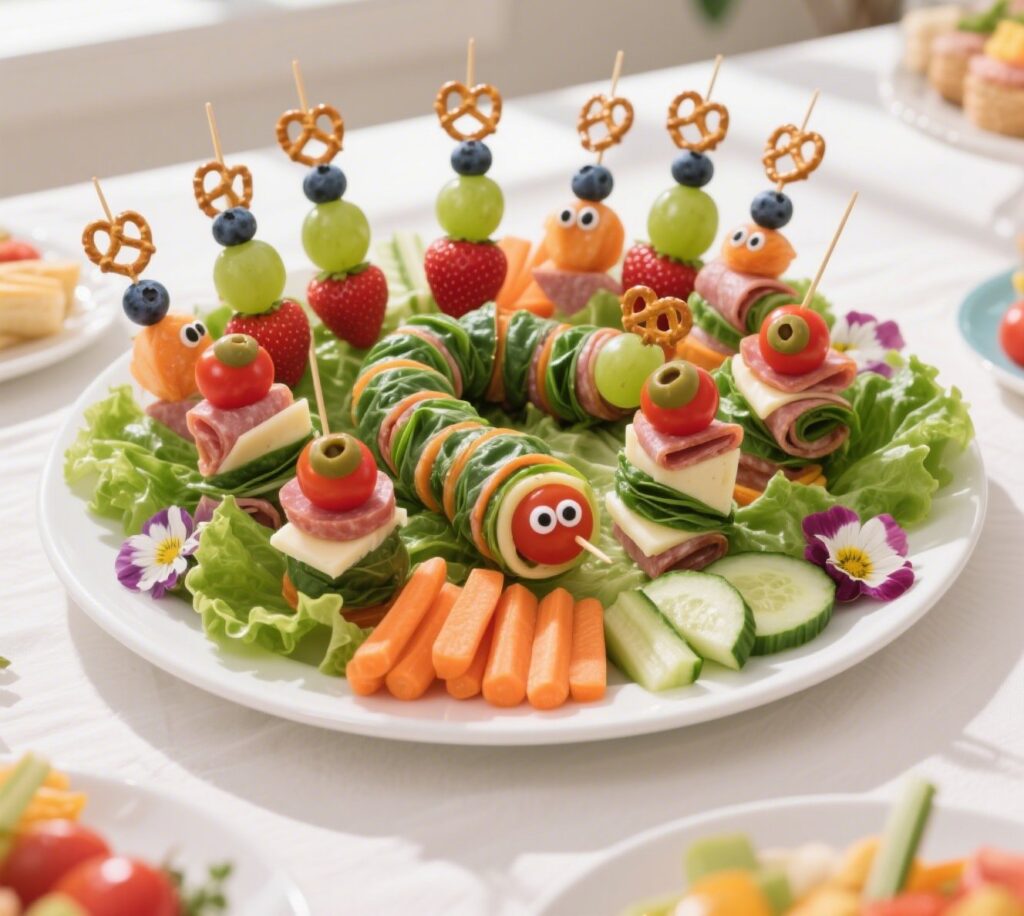
These extra touches turn your snack into a centerpiece—and get everyone excited to dig in!
Frequently Asked Questions
What fruit did the caterpillar eat?
In The Very Hungry Caterpillar, the caterpillar eats apples, pears, plums, strawberries, oranges—and even some sweets. For kabobs, we recommend fruits like grapes, strawberries, and blueberries for the best taste and structure.
What is a fruit kabob?
A fruit kabob is a skewer loaded with pieces of fresh fruit. It’s usually served cold and often arranged in creative patterns or characters, like caterpillars or rainbows.
How to make a fruit caterpillar?
Start with green grapes for the body, a hulled strawberry for the head, chocolate chips for eyes, and pretzels with blueberries for antennae. Add carrot matchsticks for legs. Assemble on a skewer and chill before serving.
What fruit is best for kabobs?
Firmer fruits like grapes, strawberries, blueberries, melon, and pineapple are best. They stay juicy, hold their shape, and don’t brown quickly.
Do you need to soak skewers for fruit kebabs?
Not necessarily. For raw fruit kabobs, soaking isn’t required, but you can soak skewers to dull sharp tips when making them with children.
How to keep kebabs juicy?
Keep kabobs fresh by wrapping and refrigerating them immediately. Use lemon juice to prevent browning. Serve chilled to preserve texture and taste.
A Snack That’s Cute, Creative, and Packed With Nutrition
Whether you’re prepping for a birthday party or just looking to spice up a weekday snack, Caterpillar Fruit Kabobs are a guaranteed hit. They combine creativity with nutrition, making healthy eating exciting for kids. From sweet fruit bugs to savory veggie caterpillars, this is one snack that never crawls out of style.
Print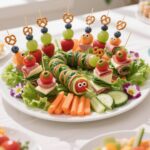
the best And Healthy Snack For Kids Caterpillar Fruit Kabobs
- Total Time: 15 minutes
Description
Caterpillar Fruit & Veggie Kabobs are a fun, kid-friendly snack that turns healthy ingredients into adorable edible insects! With juicy grapes, sweet strawberries, crunchy pretzels, and savory veggie wrap slices, these playful kabobs are perfect for lunchboxes, parties, or hands-on kitchen fun. Easy to assemble, visually delightful, and full of flavor, they make healthy eating feel like playtime.
Ingredients
- For Fruit Caterpillar
6 green grapes
1 strawberry (leaves hulled)
2 chocolate chips (for eyes)
2 pretzel sticks (antennae base)
2 blueberries (for antennae tips)
6 matchstick carrots (legs)
1 wooden skewer (blunt-tip recommended)
- For Veggie Caterpillar
1 tablespoon low-fat mayonnaise
1 10-inch spinach wrap
2 slices salami
1 slice reduced-fat Swiss cheese
1/3 cup baby spinach leaves
1 mini seedless cucumber (cut into strips)
1 cherry tomato (head)
2 black olive slices (eyes)
Additional cucumber for legs
Instructions
-
Fruit Caterpillar Assembly
-
Slide 6 green grapes onto a skewer to form the body.
-
Add the strawberry to the end for the head.
-
Gently press chocolate chips into the strawberry for eyes.
-
Insert pretzel sticks into the top of the strawberry; add a blueberry to each tip as antennae.
-
Arrange carrot matchsticks along the grapes as legs.
-
Serve immediately or chill for up to 4 hours.
2. Veggie Caterpillar Assembly
-
Spread mayonnaise over the spinach wrap.
-
Layer with spinach, salami, and cheese.
-
Roll tightly and slice into 1-inch pieces.
-
Slide wrap rounds onto a skewer to form the caterpillar body.
-
Add cherry tomato to the front as the head.
-
Cut slits in the tomato, insert olive slices for eyes and cucumber strips as antennae.
-
Add cucumber matchsticks under the wraps as legs.
-
Serve fresh or cover and refrigerate for up to 1 day.
-
Notes
Mix and match fruit or veggie types for themed parties or holidays.
- Prep Time: 10 minutes
- Cook Time: 5 minutes
- Category: kids freindly
- Method: No-Cook Assembly Method
- Cuisine: Italian-American
Nutrition
- Serving Size: 1 kabob of each type (2 total)
- Calories: ~190 kcal
- Sugar: ~11 g (mostly natural from fruit
- Sodium: ~310 mg
- Fat: ~7 g
- Saturated Fat: ~2.5 g
- Unsaturated Fat: ~3.5 g
- Trans Fat: 0 g
- Carbohydrates: ~20 g
- Fiber: ~2.5 g
- Protein: ~6 g
- Cholesterol: ~15 mg

